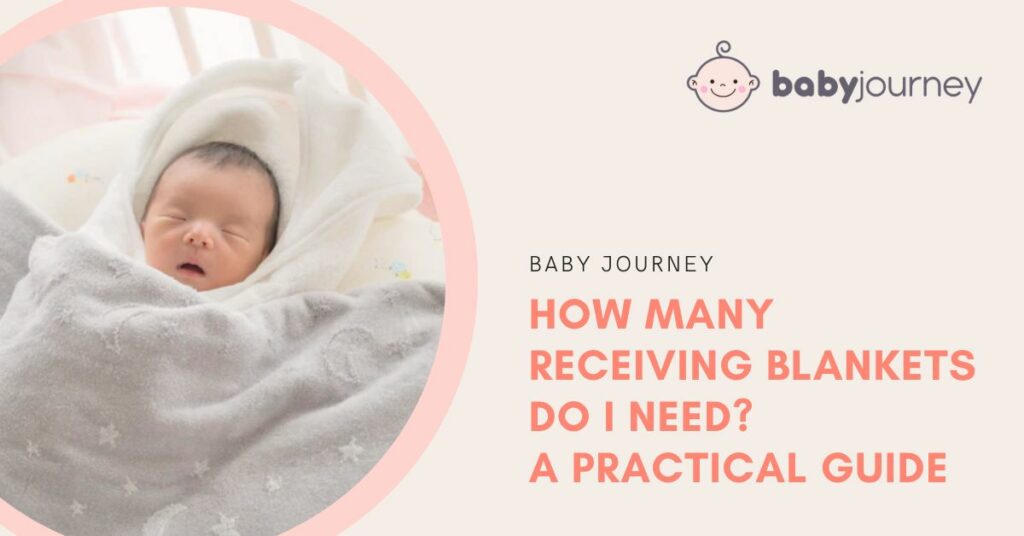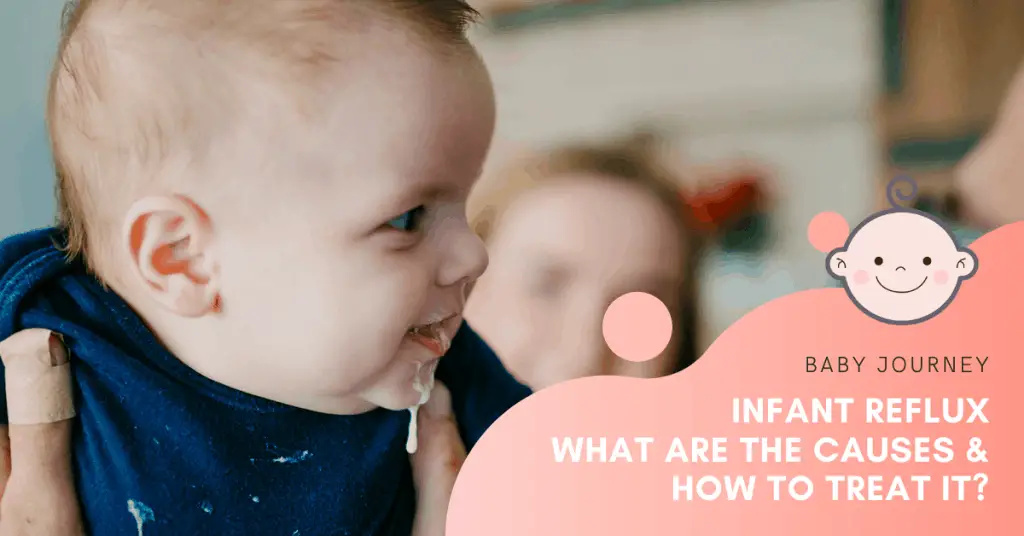New parents often wonder how many receiving blankets do I need. Receiving baby blankets are a versatile and essential item for any new parent, but it can be challenging to know how many to purchase.
According to a Healthline article, having 4 to 6 receiving blankets on hand can be useful. These blankets can be used for swaddling, burping, and as a clean surface for diaper changes. However, the number of receiving blankets needed can vary depending on how often parents plan to do laundry. If planning on doing laundry only once a week, consider having about 10 to 20 receiving blankets on hand.
MomInformed suggests that receiving blanket can be used for virtually any purpose and are a great multi-functional item to have on hand for life’s unexpected moments. They recommend having at least six receiving blankets on hand if parents plan to do laundry every day or so. Ultimately, the number of receiving blankets needed will depend on individual preferences and circumstances.
- Understanding Receiving Blankets
- Why Do You Need Receiving Blankets
- How Many Receiving Blankets Do You Need
- Types of Receiving Blankets
- Choosing the Right Receiving Blankets
- Receiving Blankets and Hospital Use
- Receiving Blankets in Everyday Life
- Receiving Blankets as Keepsakes
- Conclusion
- Frequently Asked Questions
Understanding Receiving Blankets

Receiving blankets are a must-have for new parents. They are versatile, soft, and can be used for a variety of purposes. These blankets are typically made of cotton or flannel, which makes them soft and comfortable for the baby.
One of the main uses of receiving blankets is swaddling. Swaddling is a technique used to wrap the baby snugly to help them feel secure and calm. Receiving blankets are perfect for swaddling because they are lightweight and breathable. However, it is important to note that not all receiving blankets are suitable for swaddling. Muslin receiving blankets and organic cotton using blankets are ideal for swaddling because they are soft and stretchy.
Receiving blankets can also be used as a burp cloth, changing pad, or nursing cover. They are small enough to fit in a diaper bag, making them an essential item for traveling with a baby. Additionally, receiving blankets can be used as a layer of warmth in a stroller or car seat.
When it comes to blanket fabrics however, there are many options available for receiving blankets. Cotton and flannel are the most common fabrics used for receiving blankets because they are soft and comfortable. However, some parents prefer to use muslin receiving blankets because they are lightweight and breathable.
In summary, receiving blankets are an essential item for new parents. They are versatile, soft, and can be used for a variety of purposes. Cotton and flannel are the most common fabrics used for receiving blankets, but muslin receiving blankets are also a great option. Whether you are swaddling, burping, or traveling with your baby, receiving blankets are a must-have item.
Why Do You Need Receiving Blankets
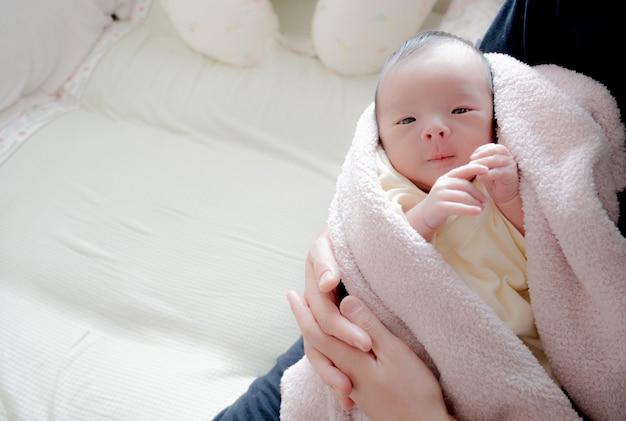
Receiving blankets are an essential item for new parents. They are versatile and can be used in a variety of ways, making them a must-have for any baby registry. Here are some reasons why you need receiving blankets:
Swaddling
One of the primary uses of receiving blankets is for swaddling. Swaddling is the practice of wrapping a baby snugly in a blanket to mimic the feeling of being in the womb. This can help calm a fussy baby and improve their sleep. Receiving blankets are the perfect size for swaddling and are made from soft, breathable fabrics that won’t overheat your baby.
Burp Cloth
Receiving blankets are also great for use as a burp cloth. When babies are fed, they often need to be burped to release any air they may have swallowed. This can lead to spit-up, which can be messy. Using a receiving blanket as a burp cloth can help protect your clothing and furniture from spit-up.
Feeding
Receiving blankets can also be used as a nursing cover. When breastfeeding in public, some mothers prefer to use a cover for privacy. A receiving blanket can be draped over the mother and baby to provide privacy while still allowing air to circulate.
Stroller
Receiving blankets can also be used as a stroller cover. When taking your baby for a walk, you may want to protect them from the sun or wind. A receiving blanket can be draped over car seat cover the stroller to provide shade or protection from the wind.
Comfort
Receiving blankets can also provide comfort for your baby. The soft, cuddly fabric can help soothe your baby when they are upset or tired.
Play Mat
Receiving blankets can also be used as a play mat. When your baby is learning to roll over and crawl, a receiving blanket can provide a soft, safe surface for them to practice on.
Diaper Change
Receiving blankets can also be used as a changing mat. When changing your baby’s diaper on the go, a receiving blanket can provide a clean, soft surface for your baby to lie on.
Nursing Cover
Receiving blankets can also be used as a nursing cover. When breastfeeding in public, some mothers prefer to use a cover for privacy. A receiving blanket can be draped over the mother and baby to provide privacy while still allowing air to circulate.
Stroller Cover
Receiving blankets can also be used as a stroller cover. When taking your baby for a walk, you may want to protect them from the sun or wind. A receiving blanket can be draped over the stroller to provide shade or protection from the wind.
Security Blanket
Finally, receiving blankets can also be used as a security blanket. Many babies become attached to a particular blanket or toy, and having a receiving blanket that they associate with comfort can help soothe them when they are upset or anxious.
Overall, receiving blankets are an essential item for new parents. They are versatile, soft, and can be used in a variety of ways. Having several on hand can help make parenting easier and more comfortable for both you and your baby.
How Many Receiving Blankets Do You Need

When it comes to receiving blankets, new parents might wonder how many they need for their newborns. The answer to this question depends on various factors, such as the frequency of laundry, the climate, and the baby’s needs.
Most sources recommend having at least four to six receiving blankets on hand. Healthline explains that these blankets are versatile and can be used for swaddling, burping, wiping, and more. If the baby spits up or drools frequently, having more blankets can be helpful.
However, some parents might prefer to have more receiving blankets, especially if they have twins or want to avoid doing laundry every day. WonderBaby suggests having around five to eight receiving blankets if the parents plan to use them for various purposes.
It’s also important to consider the climate when deciding how many receiving blankets to purchase. If the baby is born in the summer, breathable and lightweight blankets might be more suitable. On the other hand, if the baby is born in the winter, thicker and warmer blankets might be necessary.
In addition, receiving blankets can be useful for toddlers as well newborn babies. MothersCircle recommends having ten to twelve receiving blankets on hand to ensure adequate coverage and cleanliness.
To summarize, the number of receiving blankets a new parent needs depends on their personal preferences, the baby’s needs, and the climate. Having at least four to six blankets is a good starting point, but parents might prefer to have more if they want to avoid doing laundry frequently or use the blankets for various purposes.
Types of Receiving Blankets
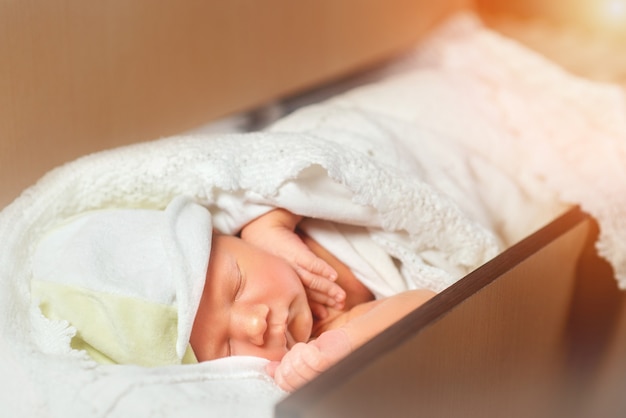
When it comes to receiving blankets, there are several types to choose from. Each type has its own set of features that can make it more suitable for certain situations or preferences.
One popular type of receiving blanket is the muslin blanket. Cotton muslin is a thin, airy material that is kind to a baby’s tender skin. Muslin material blankets are versatile and can be used for swaddling, as a burp cloth, or as a nursing cover. They are easy to wash and dry quickly, making them a practical choice for busy parents.
Another type of receiving blanket is the swaddling blanket. Swaddling blankets are designed specifically for swaddling a baby, which can help them feel secure and calm. Some swaddling blankets have velcro or other fasteners that make it easier to wrap a baby snugly. Others are simply a large, square piece of fabric that can be folded and wrapped around a baby comfortably.
Sleep sacks are another option for parents who want to keep their baby warm and cozy. Sleep sacks are like wearable blankets that a baby can wear while sleeping. They come in different sizes and styles, including ones with sleeves and ones without.
Halo swaddles are a popular choice for parents who want a swaddling blanket that is easy to use. Halo swaddles have a unique design that allows parents to swaddle their baby with their arms in or out, depending on their preference. They also have a secure velcro closure that keeps the swaddle blanket in place.
Overall, the type of receiving blanket that a parent chooses will depend on their personal preferences and needs. Muslin blankets are a great all-purpose option, while swaddling blankets and sleep sacks are ideal for keeping a baby snug and warm. Halo swaddles are a convenient option for parents who want an easy-to-use swaddling to use a receiving blanket with.
Choosing the Right Receiving Blankets
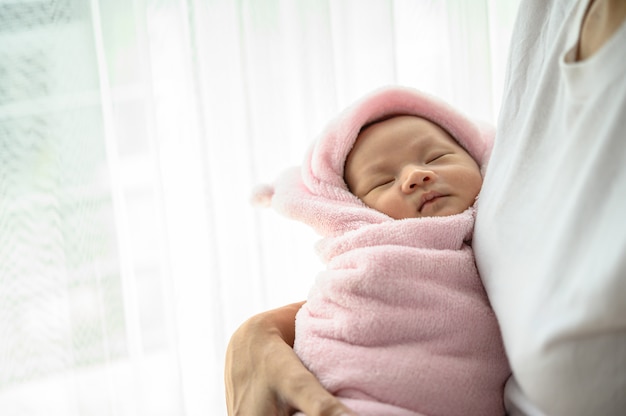
When it comes to selecting receiving blankets for a baby, there are a few factors to consider. A good place to start is by thinking about the climate and temperature. If the baby is born in the summer months, lightweight and breathable material would be ideal for the baby’s comfort. Similarly, if the baby is born in the winter months, a thicker and warmer material would be more appropriate.
Another factor to consider is the size and shape of the receiving blanket. Square or rectangular blankets are the most common options and are perfect for swaddling. However, some parents prefer larger blankets that can be used for a variety of purposes, such as covering the stroller or as a nursing cover.
For breastfeeding mothers, a receiving blanket can provide privacy and comfort for both the mother and newborn baby together. It can also be used as a burp cloth or to wipe away any spills or messes.
When choosing a receiving blanket, it’s important to ensure that the material is absorbent, especially for diaper changes. The blanket should also be snug and calm, providing a sense of security for the baby.
Parents may also want to consider the design and patterns of the receiving blankets. While the aesthetic appeal is not the most important factor, it can be a fun way to express the baby’s personality and add a touch of style to the nursery.
Lastly, it’s important to be aware of the risk of overheating and to choose breathable materials that allow for proper airflow. Factors such as the climate and temperature should be taken into account to ensure the baby’s safety and comfort.
Overall, when choosing the right receiving blankets, parents should consider the various factors mentioned above to ensure that the first baby’s arrival is comfortable, safe, and happy.
Receiving Blankets and Hospital Use

When it comes to preparing for a new baby, one of the essential items to have on hand is receiving blankets. These versatile blankets can be used for swaddling, burping, and even as a makeshift changing pad. But how many receiving blankets does a new parent need, especially when it comes to hospital use?
Most hospitals provide receiving blankets for newborns during their hospital stay. These blankets are typically used for swaddling newborns, keeping the baby warm, and providing a soft surface for the baby to lie on. However, some parents may prefer to bring their own receiving blankets to the hospital for added privacy and comfort.
If a parent chooses to bring their own receiving blankets to the hospital, it is recommended to bring at least two or three blankets. This will allow for one blanket to be used while the other is being washed or if one becomes soiled. It is also important to note that hospitals may have specific guidelines or restrictions on what types of blankets are allowed in the hospital, so it is best to check with the hospital beforehand.
In addition to providing comfort and privacy, bringing your own receiving blankets to the hospital can also be a way to add a personal touch to your baby’s first few days of life. Many parents choose to bring blankets with special designs or patterns to make their baby’s hospital stay feel more like home.
Overall, while hospitals do provide receiving blankets for newborns, bringing your own blankets to the hospital can be a way to add an extra layer of comfort and personalization to your baby’s first few days of life. It is recommended to bring at least two or three blankets and to check with the hospital beforehand for any specific guidelines or restrictions.
Receiving Blankets in Everyday Life
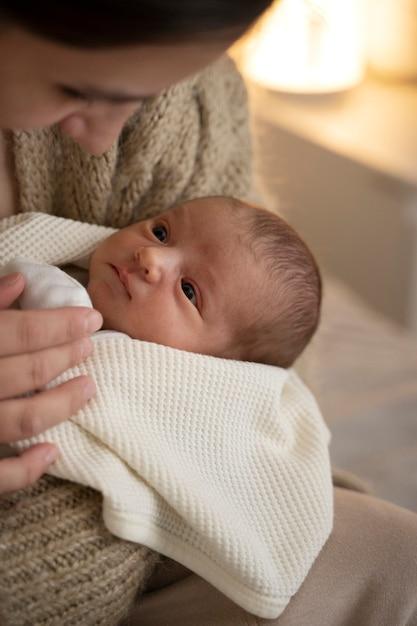
Receiving blankets are a versatile and essential item for any new parent. They are lightweight, easy to clean, and come in a variety of colors and designs to match any decor. In this section, we will discuss how receiving blankets can be used in everyday life.
Changing Pad
Receiving blankets are perfect for use as a changing table cover or pad. They can be easily folded and placed on any surface, providing a clean and comfortable spot for diaper changes. They are also easy to clean and can be tossed in the wash after each use.
Bath Time
Receiving blankets can also be used during bath time. They are soft and gentle on a baby’s delicate skin and can be used to dry them off after a bath. They are also great for placing under a baby’s blankets during bath time to prevent slipping.
Registry
When creating a baby registry, receiving blankets are a must-have item. They are affordable and come in a variety of colors and designs, making them a great addition to any registry.
Laundry
New parents quickly learn that laundry is a never-ending task. Having multiple receiving blankets on hand can help cut down on the amount of laundry that needs to be done. It is recommended to have at least 6-10 receiving blankets on hand to ensure there is always a clean one available.
Colors
Receiving blankets come in a variety of colors and designs, making it easy to find one that matches any nursery decor. It is recommended to choose a few neutral colors that can be used for both boys and girls.
Lifestyle
Receiving blankets are perfect for parents who are always on the go. They are lightweight and easy to pack, making them a great addition to any diaper bag. They can be used to swaddle a baby, as a nursing cover, or as a blanket for tummy time.
Weather
Receiving blankets can also be used to keep a baby warm during colder weather. They are lightweight and easy to layer, making them a great option for keeping a baby cozy without overheating.
In conclusion, receiving and baby blankets really are a versatile and essential item for any new parent. They can be used in a variety of ways and are a great addition to any baby registry. It is recommended to have at least 6-10 receiving blankets on hand to ensure there is always a clean one available.
Receiving Blankets as Keepsakes
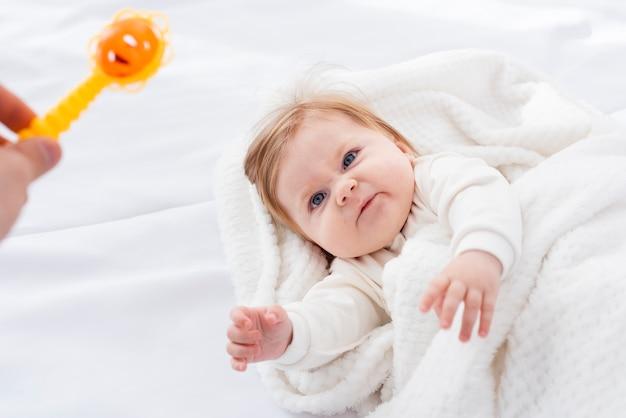
Receiving blankets are not only practical items for newborns, but they can also serve as keepsakes to cherish for years to come. Many parents choose to keep their baby’s receiving blankets as mementos of their early years.
When it comes to emergencies, receiving blankets can also be useful beyond their primary function. They can be used as makeshift bandages, slings, or even as a temporary diaper in a pinch.
But beyond their practical uses, receiving blankets can also be an important part of a baby’s emotional development. Babies often form strong attachments to specific blankets, which can become their cuddle or lovey. These blankets can provide comfort and security during times of stress or anxiety.
Some parents even choose to repurpose their baby’s receiving blankets into quilts, banners, or garlands to decorate their nursery or home. These items can serve as a reminder of the special memories and milestones of their child’s early years.
Overall, receiving blankets are versatile baby products that can serve multiple purposes beyond their intended use. Whether as a practical item, a cuddle buddy, or a keepsake, receiving blankets are an essential part of a baby’s life.
Conclusion
In conclusion, the number of receiving blankets a parent needs depends on various factors, such as the frequency of diaper changes, the baby’s spitting up habits, and the climate in which the baby lives. However, having 10-12 receiving blankets on hand is a good rule of thumb to ensure adequate coverage and maintain cleanliness and comfort for the baby.
Receiving blankets are adaptable and useful for a variety of tasks, including burping, nursing, swaddling, and acting as a changing pad. Parents can save money in the long term by purchasing a few excellent receiving blankets, since they won’t be required to purchase numerous blankets for every distinct use.
It’s important to choose receiving blankets made of soft, breathable materials that are gentle on a baby’s delicate skin. Additionally, parents should consider the size and weight of the blanket, as larger and heavier blankets may be more suitable for colder climates.
Overall, while the number of receiving blankets a parent needs may vary, having a few extra blankets on hand can provide peace of mind and ensure that the baby’s skin is always comfortable and clean.
Frequently Asked Questions
What is the recommended number of receiving blankets for a newborn?
Most parents find that having 4 to 6 receiving blankets on hand is useful. However, the exact number of blankets needed can vary depending on the baby’s needs and the parents’ preferences.
How many receiving blankets should I pack for the hospital?
It is recommended that parents pack at least two receiving blankets for the hospital. This will allow for one blanket per hospital bag to be used for swaddling and the other for covering the baby when leaving the hospital.
Do I need both swaddle blankets and receiving blankets for a newborn?
Swaddle blankets and receiving blankets serve different purposes. Swaddle blankets are designed to help calm and soothe a newborn by mimicking the feeling of being in the womb. Receiving blankets, on the other hand, are more versatile and can be used for a variety of purposes such as covering the baby, laying the baby on, or providing a clean surface for diaper changes. While both types of blankets can be useful, parents can choose to use one or the other depending on their needs and preferences.
How long do babies typically use receiving blankets?
Babies can use receiving blankets from birth until they outgrow them. Some babies may continue to use receiving blankets as they grow older, while others may prefer other types of blankets or comfort items.
How many burp cloths do I need for a newborn?
It is recommended that parents have at least 4 to 6 burp cloths on hand for a newborn. Burp cloths are useful for protecting clothing and furniture during feedings and can also be used as a quick clean-up tool for spills and messes.
How many sleep sacks should I have for a newborn?
It is recommended that parents have at least 2 to 3 sleep sacks on hand for a newborn. Sleep sacks are a safe and convenient alternative to blankets for keeping a baby warm while sleeping. Having multiple sleep sacks on hand can be useful for when one needs to be washed or if the baby has a diaper leak in the middle of the night.


